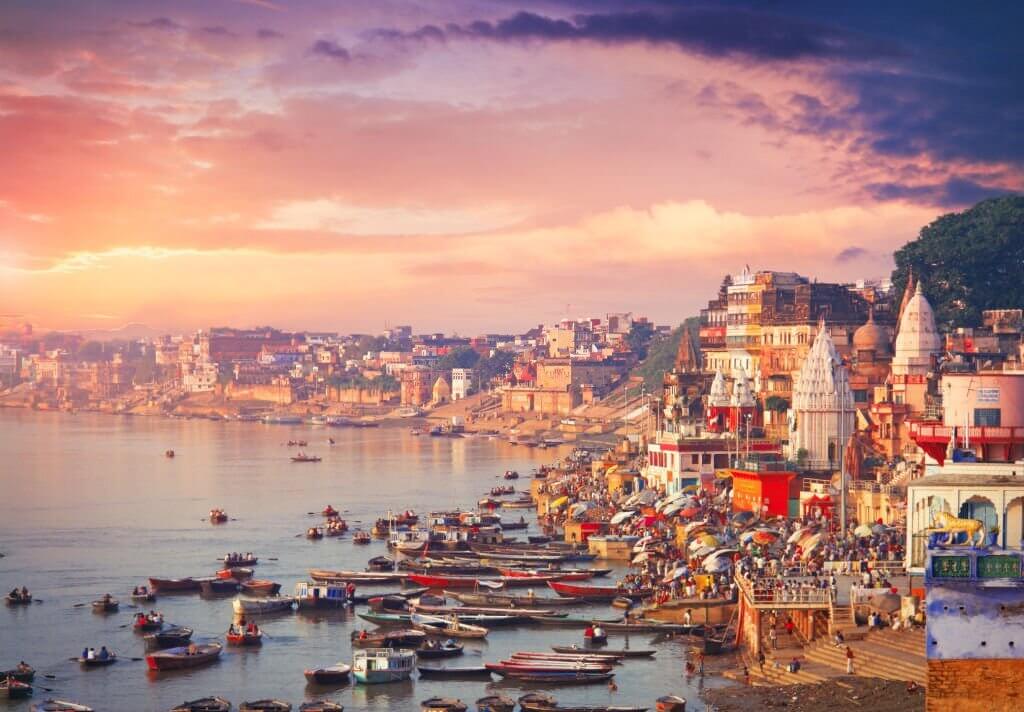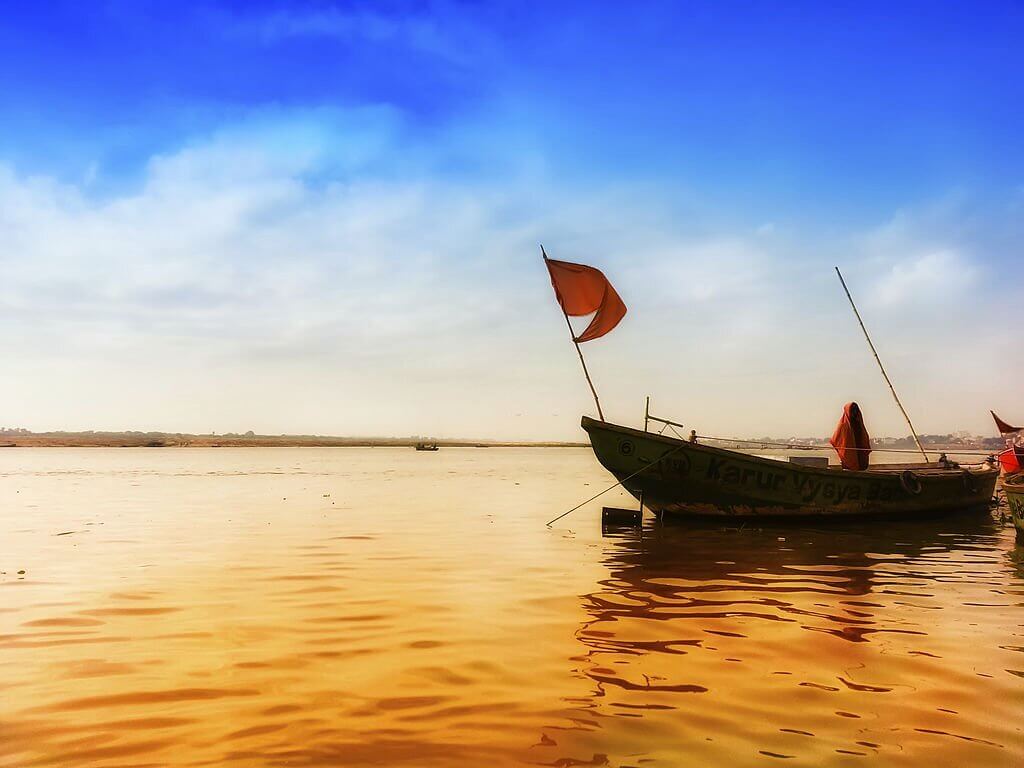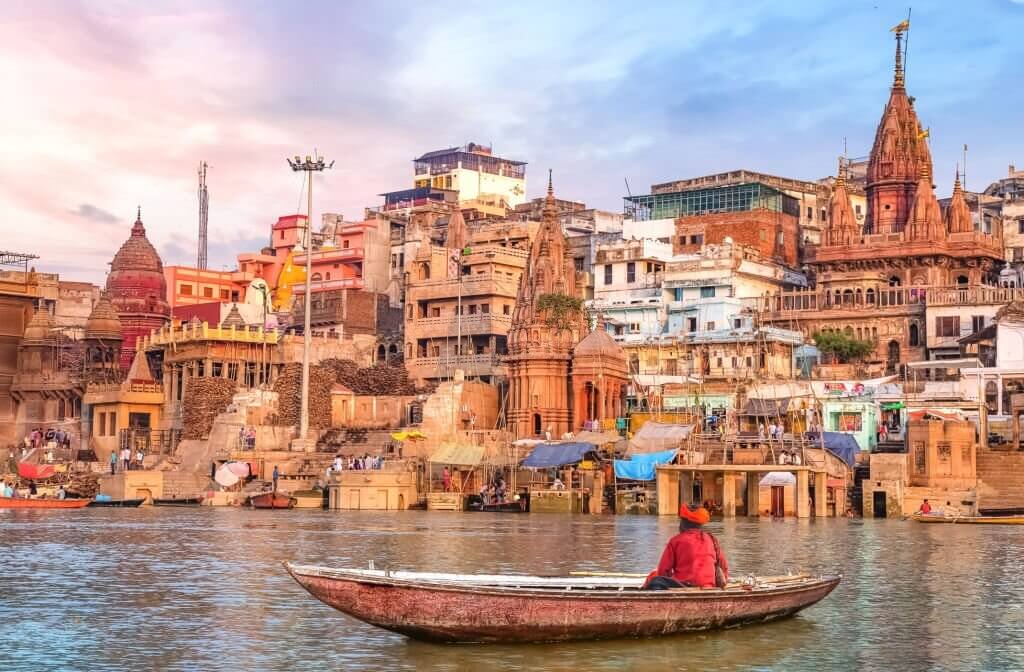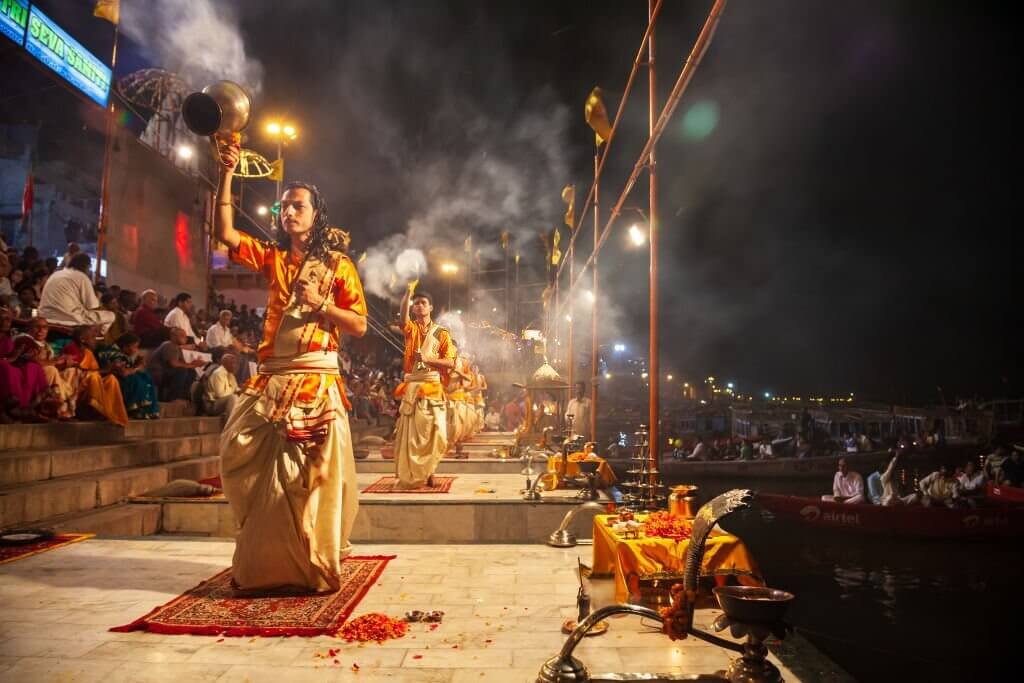Varanasi also known as Banaras and Kashi, is one of the most colorful and mystical places to visit in India. From women dressed in bright saris paying offerings to the holy river of Ganga to sadhus covered in white, the cultural traditions have passed on for centuries, Varanasi is a mesmerizing city, and here’s all you need to know.
History
Varanasi is mythologically considered to have been built by Lord Shiva approximately 5000 years ago. Also, being one of the twelve Jyotirlingas; the town has always been an epicenter of religion and spiritualism.

The city of Varanasi finds mentioned in old Hindu religious books and inscriptions like the Ramayana, the Mahabharata, and Rigveda among others. It is, most importantly, the holy shrine of Lord Kashi Vishwanath, a form of Lord Shiva and this is where Gautam Buddha came to be.
It wouldn’t be wrong to say, Varanasi is one of many few holy cities that enjoys a revered position among the faith of Hindus, Buddhists and Jains. Over the years, the city of Varanasi has got several names, ‘the city of temples ‘, ‘the city of Knowledge’ and the ‘city of light ‘.
So, it is no surprise then that Varanasi is home to many temples, although, many of these places of worship were destroyed by pillaging Muslim armies of Mahmud of Ghazni and Mohammad Ghori. Varanasi is also home to around 100 ghats scattered along the banks of the sacred river, Ganga.
Buddha is considered to have founded Buddhism in Varanasi during 528 BC when he gave his first sermon at Sarnath, a nearby city located about 10km away from here. The city continued to grow in its religious prospect and was under Muslim rule for three centuries from 1194, until a tolerant emperor restored some religious respite to Varanasi, which still remains the focal point of activity for Hindus.
For centuries, education, philosophy, arts, culture and religion have flourished here, and when you visit this religious land of Varanasi, you’ll see that this is what fuels the city and keeps it vibrant.
River Ganga

A 2,525 kilometer long river that flows through India and Bangladesh, the Ganga is the most sacred river to Hindus, and although it is counted as one of the polluted rivers of the world, it is still home to hundreds of species, and runs the life of many locals that live along this river depend on it .
Once densely forested and home to animals like elephants, lions, rhinos and tigers, over the years, the river and area surrounding has had to adapt to the ever-growing population, and now, large wild animals are very few and far.
People believe that bathing in the Ganga washes away all the sins and cleanses you of all evil, and when the ashes of the deceased are poured into these waters, they receive salvation. So, when you visit Varanasi, you will find a thousand people taking a dip in the river daily.
Cremations are also a tradition along the Ganga, as Hindus believe cremation on the banks of the river frees the soul from the cycle of death and rebirth and attains moksh. Due to the population density and belief in this tradition, the popular cremation ghat in Varanasi operates 24 hours a day, seven days a week.
The Ghats

Much of the daily life in Varanasi takes place on more than eighty of its ghats, the stone steps that descend steeply towards the river and stretch into a crescent. Most of these ghats were built around 1700 AD, while some are associated with legends or mythologies, others are privately owned.
As you take one of the famous boat rides along the shore, you’ll get a better view of all the famous ghats from the water.
Assi Ghat is where the river Ganga meets the minor river Assi, and although it is not as popular among tourists and visitors, it is an important ghat for Hindus, for pilgrims who bathe here before worshiping Lord Shiva.
Dashashwamedh Ghat is one of the oldest and significant ghats and is where the famous Ganga Aarti ceremony takes place every evening. A great place for people watching, this ghat is constantly lined with sellers, pilgrims, beggars, hermits and everything in between.
Manikarnika Ghat is the popular cremation ghat in Varanasi. Best seen at a respectful distance from a boat on the water, it is exactly where the mortals reach eternity.
It is a common sight for the locals but it will leave you with a strange feeling ; one that makes you appreciate the traditions and celebrations of Hinduism even more.
Scindia Ghat is located nearby the Manikarnika Ghat, Scindia is known for its particular site of interest; the partially submerged Shiva temple at the edge of the water that sunk around 1830.
Ganga Aarti

Around every sunset, groups of priests line the Dashashwamedh Ghat, and hundreds of people flock to the shoreline and in boats for the nightly aarti ceremony. The ceremony lasts about 20-30 minutes, during which priests perform rituals involving blowing conch shells, ringing bells and waving the lit diyas.
The aarti takes place facing the river where the diyas are lit and circled around by the priests, all while being accompanied by chanting or songs that praise Mother Ganga. You may find this ritual so fascinating that you’ll want to attend every Ganga aarti while in Varanasi.
Varanasi is a city full of history, mysticism, traditions and religion and is a city that can’t be missed while visiting India. Although the city can completely throw your senses into overdrive, if you ever come to this part of the country, you are assured to be astonished.
![]()


